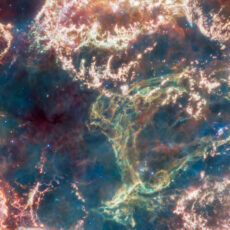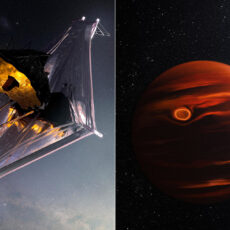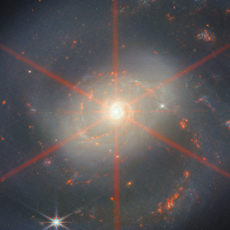
NASA’s James Webb Space Telescope (JWST) has given us amazing new details about Jupiter’s auroras, using its powerful infrared tools to take clear pictures of the planet’s upper atmosphere and glowing auroral areas.
Webb’s NIRCam took pictures of auroral light at 3.36 microns (using the F335M filter), showing active auroral features. Why does this matter? On December 25, 2023, scientists found that Jupiter’s auroras change much faster than expected, shifting in seconds or minutes instead of the predicted 15-minute cycles. Jonathan Nichols, the lead scientist from the University of Leicester, said the auroral area was “fizzing and popping with light,” a big surprise compared to the slower changes they thought would happen.
- Superior Optics: 400mm(f/5.7) focal length and 70mm aperture, fully coated optics glass lens with high transmission coatings creates stunning images...
- Magnification: Come with two replaceable eyepieces and one 3x Barlow lens.3x Barlow lens trebles the magnifying power of each eyepiece. 5x24 finder...
- Wireless Remote: This refractor telescope includes one smart phone adapter and one Wireless camera remote to explore the nature of the world easily...

The trihydrogen cation emissions varied much more than scientists thought, giving hints about how Jupiter’s atmosphere works. This data helps researchers understand Jupiter’s magnetosphere and its connections to the atmosphere as well as moons like Io. Combining Webb’s data with Juno’s direct measurements might solve the puzzle of the bright emissions and improve ideas about Jupiter’s magnetosphere. The JUICE mission, arriving at Jupiter in 2029, will add close-up auroral observations to support this work.

These insights may also support the European Space Agency’s Jupiter Icy Moons Explorer, Juice, which is en route to Jupiter to make detailed observations of the giant gas planet and its three large ocean-bearing moons – Ganymede, Callisto and Europa. Juice will take a look at Jupiter’s auroras with seven unique scientific instruments, including two imagers,” said the ESA.
















